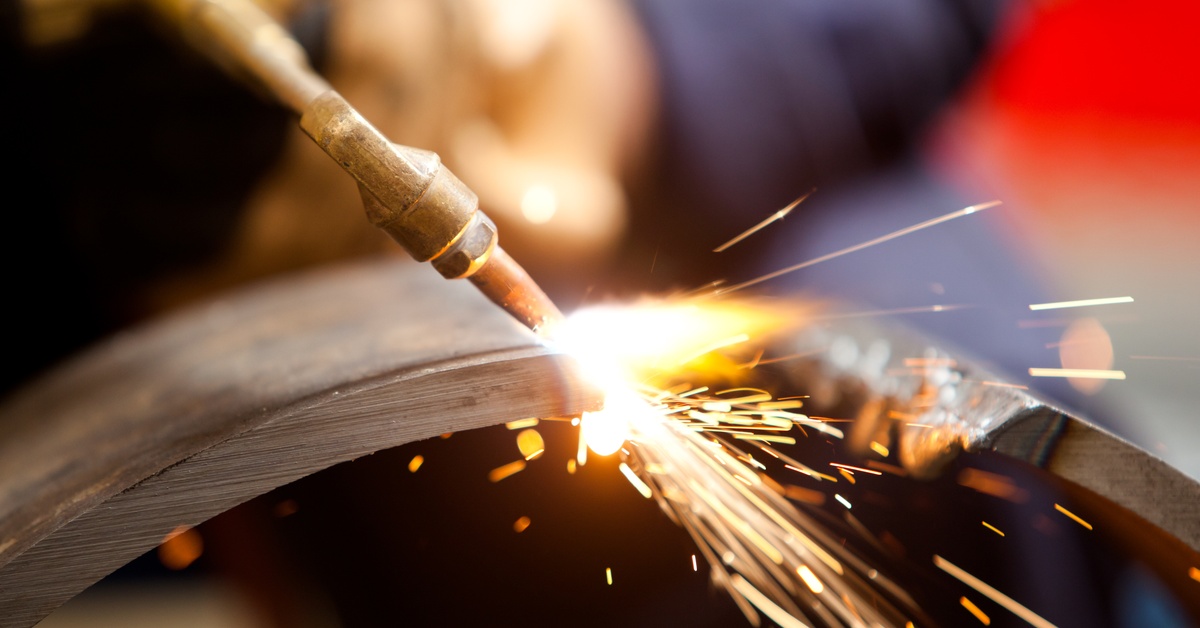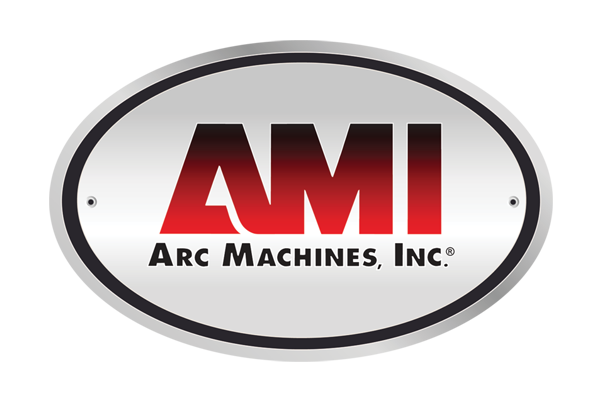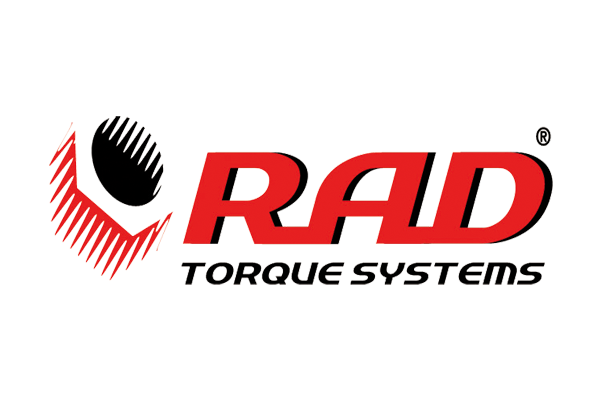Flawless Pipe Welds: A Guide to Orbital Welding Machines

Welders use orbital welding machines to achieve accurate results in pipe joining. For projects that require high-quality welds, these machines provide a controlled, automated process. This guide explains how to effectively use orbital welding machines to create flawless pipe welds.
What Is Orbital Welding?
Orbital welding is an automated process in which a welding electrode rotates 360 degrees around a static pipe, creating a seamless weld joint. This technique is used where welding precision and consistency are a priority, such as in the aerospace, pharmaceutical, and oil and gas industries.
By automating the process, orbital welding minimizes errors and handles varying material thicknesses and pipe diameters with ease.
Why Orbital Welding Machines Are Essential
Orbital welding machines simplify complex pipe welding procedures. They can handle stainless steel, carbon steel, and other alloys. Inconsistencies in manual welding are common, largely due to the challenges of human error in repetitive or difficult positions. Orbital welding eliminates these factors to deliver clean welds.
Consider the M3 pipe spool welding machine, which is preferred for its efficiency in welding pipe spools. This equipment integrates advanced heat control, gas shielding, and user-friendly controls. Mastering tools such as the M3 pipe spool welding machine is a step toward achieving accurate, clean welds with minimal rework.
How Orbital Welding Machines Work
Orbital welding machines follow a programmed operation to achieve precision. Here’s a breakdown of the process to help understand their functionality:
- Clamping: Pipes are securely clamped in place using the machine’s fixture, eliminating movement.
- Calibration: Technicians set parameters such as current, gas flow, and speed based on material and pipe dimensions.
- Welding sequence: The welding electrode rotates around the pipe’s circumference, performing a complete weld with a uniform bead.
- Cooling: Weld zones are cooled using gas shielding, typically argon, to minimize thermal damage and oxidation.
This process is straightforward but vital for creating pipe welds across all joints.
Tips for Orbital Welding
Apply these strategies to improve your pipe welding outcomes:
- Proper setup: Start by accurately aligning and fixing pipe ends to eliminate gaps during the weld.
- Material preparation: Clean the pipe surfaces thoroughly to remove grease, dirt, or oxidation.
- Parameter optimization: Adjust parameters for current, voltage, and gas flow to achieve a smooth and solid weld bead.
- Equipment maintenance: Regularly maintain your orbital welding machine to maximize its performance and lifespan.
You can achieve flawless pipe welds by using this guide to orbital welding machines. Choosing the right equipment also helps to supercharge efficiency, and SEC Industrial has you covered. If you’re aiming for impeccable pipe joints, allow us to help you optimize your operations to yield the best results.








